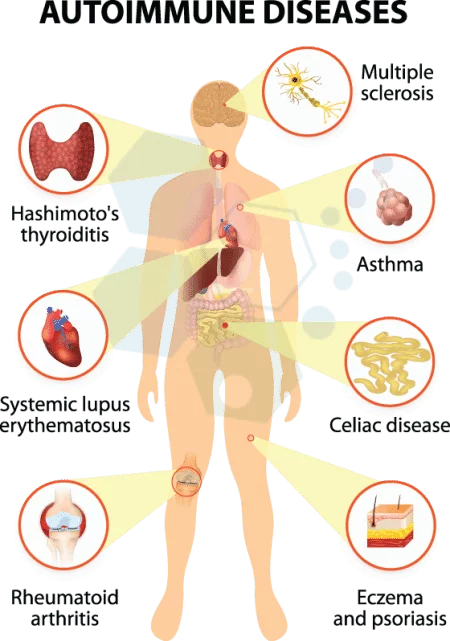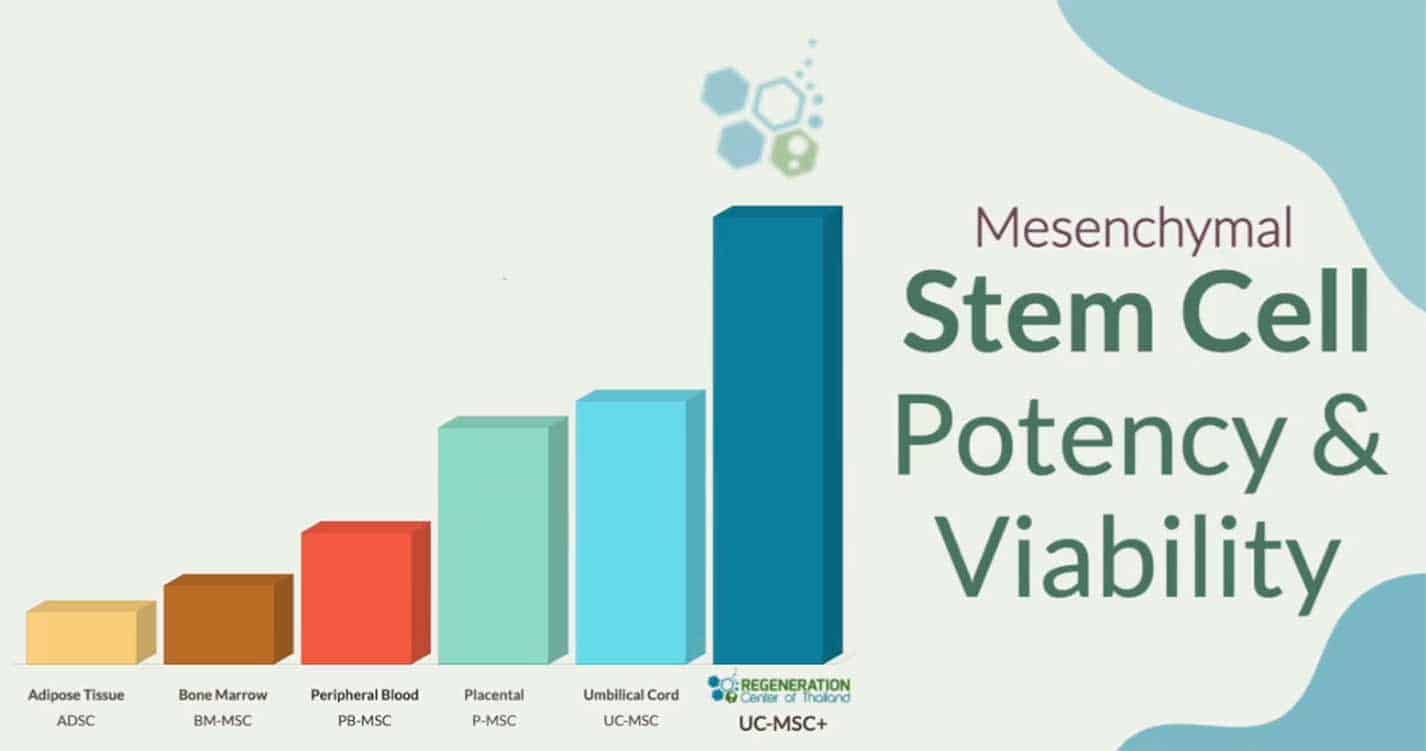Lupus is the simplified term for an autoimmune medical condition known as systemic lupus erythematosus or SLE. This disease displays classic autoimmune symptoms and afflicts  one or more parts of the body. The condition attacks the connective tissues of the body and eventually results in severe tissue damage and inflammation. It can lead to several serious dysfunctions including the heart disease, CHF, lung disease COPD, IPF , nervous system, joints, kidney failure, PKD, liver failure, skin damage, and damaged blood vessels.[1]
one or more parts of the body. The condition attacks the connective tissues of the body and eventually results in severe tissue damage and inflammation. It can lead to several serious dysfunctions including the heart disease, CHF, lung disease COPD, IPF , nervous system, joints, kidney failure, PKD, liver failure, skin damage, and damaged blood vessels.[1]
Common symptoms include:
- Painful and swollen joint
- Fever
- Chest pain
- Hair loss
- Mouth ulcers
- Swollen lymph nodes
- Feeling tired
- A severe red-colored rash which is most commonly on the face
The underlying mechanism behind the disease involves stimulation of the immune system to generate antibodies against itself (hence, its autoimmune nature), targeting proteins in cell nuclei in particular. SLE is considered an unpredictable disease, as remissions could alternate with flare-ups. [2] The etiology of the disease is still unknown, although clinical trials and functional medicine have proven it to be triggered by several environmental factors including:
- Steroids / Pharmaceutical Products
- Various types of viruses
- Over exposure to ultraviolet light
- Genetics /Hereditary
Lupus can occur in either females or males but is found more frequently in women and the disease displays different symptoms with each gender. Women have nearly 80% higher risk than men, most especially for women in their childbearing stages. Males patients tend to have more frequent seizures, chronic kidney disease, a lung disease caused by inflamed tissues, and peripheral neuropathy. Females, on the other hand, tend to relapse more frequently with more bouts of arthritis and dangerously low white blood counts.
Systemic Lupus Erythematosus
The neurological and psychiatric syndrome can also be diagnosed if SLE attacks the peripheral or central nervous system. Currently, there are over 20 neuro-psychiatric syndromes caused by systemic lupus erythematosus and also does severe damage to neural epithelial cells in and around the blood-brain barrier.[3]
Some common and rare manifestations of systemic lupus erythematosus include:
- Mood disorder & cognitive dysfunction
- Cerebrovascular disease
- Brain Injuries , Brain Strokes or seizures
- Mononeuropathy
- Inclusion body myositis
- Polyneuropathy
- Ankylosing spondylitis
- Myelopathy
- Early-onset MG
- Autoimmune thyroiditis
- Transverse myelitis disease
- Osteoarthritis
- Osteoporosis
- After heart disease or heart attacks
- Knee Degeneration
- Shoulder Degeneration
- Hip Injuries
- Rheumatoid Arthritis
- Cranial neuropathy
- Degenerative disc disease
- Plexopathy
- Sjogren’s Syndrome
- Fibromyalgia
- Maternal Lupus Linked With Autism Spectrum Disorders
- Anxiety disorders &/or psychosis
- Guillain–Barré syndrome
- Crohns and Ulcerative Colitis
- Autonomic disorder
- Diabetes
- Cerebellar ataxia and multiple sclerosis are other rare manifestations of systemic lupus erythematosus
The Regeneration center has developed a modified stem cell therapy for autoimmune disorders (MSC+ Therapy) involving multiple elements that could cause negative autoimmune responses. A multi-vector therapy for prototypical autoimmune disorders.
Traditional Treatments for Lupus
One of the biggest issues with SLE is how it abnormal affects apoptosis (programmed cell death) in which damaged or dead cells can be efficiently removed by the body as part of the normal growth functioning. Normally the reaction of the immune system to any foreign stimulus (virus, bacteria or allergen). These protecting immune cells cannot be treated with chemotherapy and that would otherwise be deactivated, become hyperactivated through the body incorrectly signaling the need for antigen cells.[4]
These unnecessary chain-reaction leads to quick destruction of surrounding cells in the body and exposing their DNA, proteins, and vital parts of our cell nucleus. The autoimmune attack leads to new antibodies that clump into complex structures that stick to surfaces in our cardiovascular system leading to damaged blood vessels in crucial areas such as the glomeruli in the kidneys. This antibody attack and the reaction is the root cause of SLE.
TREATMENT PRECAUTIONS & RISKS
Patients Diagnosed with Lupus have many different symptoms and types of pain in multiple areas of concerns. To qualify for our treatment all patients must provide recent Blood, urine and radiology scans. DNA testing Neonatal lupus erythematosus (NLE) is advised. Our medical team will need to review your previous lab results and diagnosis before determining eligibility to travel to Thailand for treatment.Stem Cell Treatment for Lupus in 2024
Autoimmune diseases respond particularly well to a blend of enhanced mesenchymal stem cells to mainly to their immunosuppressive properties. The most valuable component of this new lupus treatment are isolated and cultured allogeneic MSC+ cells that use the process of homing to areas needed and help with T-cell + dendritic cell proliferation. MSC+ cells are the safest and most natural treatment for lupus and autoimmune diseases. MSC+ cells help in the production of healthy CD4+, CD25+ & regulatory T cells.
With the benefits of regenerative medicine, stem cell therapy for Lupus offers new hope of reversing a serious autoimmune disease such as SLE. Using the patients own cells “autologous” therapy is not recommended and is not offered at the regeneration centre. Through enhanced allogenic stem cell therapy, the autoimmune aspect of lupus disorder can be managed by altering or “resetting“ the immune response to naturally tone down the negative effects of the disorder.[5]
General Treatment Overview
- Total Number of MSC+ Stem Cell Infusions will depend on patient needs. Total MSC+ Hematopoietic Mesenchymal Stem cells (per Treatment stage protocol)
- Types of Injections for Treating SLE: MSC+ Mesenchymal Stem cells. Depending on the severity of patients needs, treatment injections will be made via Intravenous Drip, Direct injection or Intrathecally. Patients with multiple conditions may require cell delivery via guided scopes.
- Rehabilitation Post Treatment: Physical Rehabilitation in Bangkok is optional but highly recommended. Complete physical rehab services post-therapy can be provided upon request for 2-3 hours per day and up to 5 days per week.
- Total Treatment Time Required: estimated around 2-3 weeks (depending on type and seriousness of condition). Medical and travel visas for extended stay accommodations at a hotel or extended stay apartment for the patient and family can also be provided upon request.
Cost of Treating SLE Lupus with Stem Cells
Our multi-stage treatment for SLE & Lupus with Stem Cells will require 2-3 weeks in Bangkok depending on the patient’s needs. Due to the varying degrees, areas, and sources of current damage, our medical team will need to better understand the patient’s current health before acceptance into the program. Upon approval, a detailed treatment plan will be provided that will include the specifics such as day by day calendar with stages, exact number nights required along with the total medical related costs (excluding accommodations or flights). To begin the qualification process for our multi-stage treatment protocol for Autoimmune disease Lupus please prepare your recent medical records such as Antinuclear antibody (ANA), CBC, Liver and/or Lung function tests and contact us today.
Published Clinical Citations
[1] ^ Akawatcharangura, P, N Taechakraichana, and M Osiri. Prevalence of premature ovarian failure in systemic lupus erythematosus patients treated with immunosuppressive agents in Thailand. Lupus, no. 4 (November 29). doi:10.1177/0961203315617539. https://www.ncbi.nlm.nih.gov/pubmed/26621134
[2] ^ Liang, Jun, and Lingyun Sun. 2015. Mesenchymal stem cells transplantation for systemic lupus erythematosus. International journal of rheumatic diseases, no. 2 (January 22). doi:10.1111/1756-185X.12531. https://www.ncbi.nlm.nih.gov/pubmed/25611801
[3] ^ Mohara, Adun, Román Pérez Velasco, Naiyana Praditsitthikorn, Yingyos Avihingsanon, and Yot Teerawattananon. 2013. A cost-utility analysis of alternative drug regimens for newly diagnosed severe lupus nephritis patients in Thailand. Rheumatology (Oxford, England), no. 1 (October 4). doi:10.1093/rheumatology/ket304. https://www.ncbi.nlm.nih.gov/pubmed/24097289
[4] ^ Siripaitoon, B, S Lertwises, P Uea-Areewongsa, and B Khwannimit. 2014. A study of Thai patients with systemic lupus erythematosus in the medical intensive care unit: epidemiology and predictors of mortality. Lupus, no. 1 (August 22). doi:10.1177/0961203314548884. https://www.ncbi.nlm.nih.gov/pubmed/25149601
[5] ^ Wang, Q, S Qian, J Li, N Che, L Gu, Q Wang, Y Liu, and H Mei. 2015. Combined transplantation of autologous hematopoietic stem cells and allogenic mesenchymal stem cells increases T regulatory cells in systemic lupus erythematosus with refractory lupus nephritis and leukopenia. Lupus, no. 11 (April 24). doi:10.1177/0961203315583541. https://www.ncbi.nlm.nih.gov/pubmed/25914407


